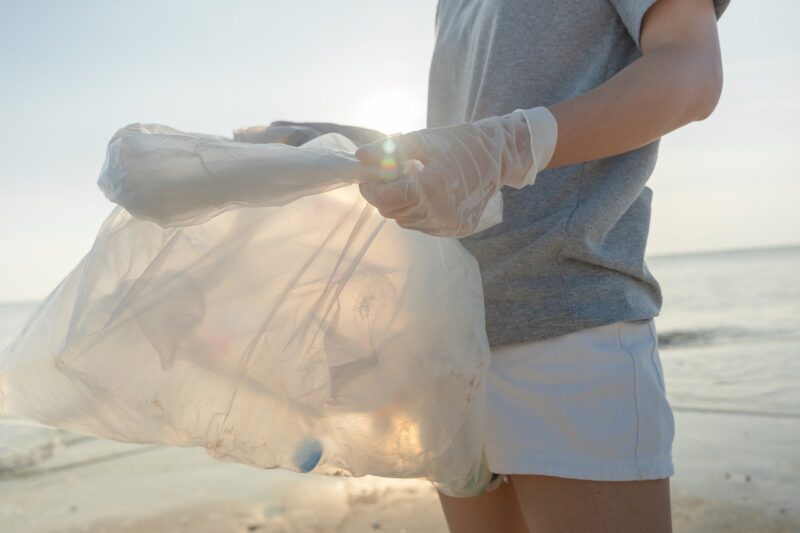Commingled recycling is a streamlined method for collecting and processing recyclables. With this approach, different materials such as paper, plastic, and glass can be placed together in the same container for recycling.
Benefits of Commingled Recycling
One of the primary advantages of commingled recycling is its simplicity. It eliminates the need for individuals to separate their recyclables, making the process more user-friendly and increasing participation in recycling programs.
Sorting and Processing Commingled Recyclables
After collection, commingled recyclables are transported to materials recovery facilities (MRFs). Here, they undergo a series of sorting processes that separate the different materials.
Ensuring the Quality of Recycled Materials
To maintain the quality of recycled materials, it is essential to minimize contamination. Contaminated recyclables can result in the degradation of the final recycled product.
Common Contaminants in Commingled Recycling
Commingled recycling is susceptible to contamination from various sources. These include food residues, plastic bags, and non-recyclable items mistakenly placed in the recycling bin.
Tips for Preventing Contamination in Commingled Recycling
Preventing contamination starts with education and awareness. Consumers should be informed about what can and cannot be placed in commingled recycling bins.
Conclusion: The Future of Commingled Recycling
Commingled recycling has the potential to revolutionize waste management and increase recycling rates. With continued improvements in sorting technology and public education, commingled recycling can be an effective solution for sustainable waste management.
Similar Articles
- Carbon Credits: A Comprehensive Guide to Offset Emissions
- Carbon Insetting: A Comprehensive Guide
- Carbon-Neutral Journeys: Paving the Way Towards a Sustainable Future
Frequently Asked Questions (FAQs) About Commingled Recycling
Q1: What is commingled recycling?
Commingled recycling is a recycling process where various recyclable materials, such as paper, plastic, and glass, are mixed together in a single container.
Q2: How does commingled recycling work?
In commingled recycling, recyclables are collected in a single container without the need for sorting. These materials are then taken to a materials recovery facility (MRF) for sorting and processing.
Q3: What are the benefits of commingled recycling?
Commingled recycling simplifies the recycling process for consumers, as they do not need to sort their recyclables. It also has the potential to increase participation rates in recycling programs.
Q4: What can be placed in a commingled recycling bin?
Commingled recycling bins typically accept paper, cardboard, plastic containers, and glass bottles and jars. It is important to check with your local recycling program for specific guidelines.
Q5: What should not be placed in a commingled recycling bin?
Items such as plastic bags, food-soiled containers, and non-recyclable materials should not be placed in a commingled recycling bin. These items can contaminate the recycling stream and reduce the quality of recycled materials.
Q6: How are commingled recyclables sorted?
Commingled recyclables are sorted at materials recovery facilities using a combination of manual labor and automated machinery, such as conveyor belts, screens, and optical sorters.
Q7: Is commingled recycling environmentally friendly?
Commingled recycling can be an environmentally friendly waste management solution when done correctly. It can help to conserve resources, reduce landfill waste, and decrease energy consumption.
Q8: What happens to commingled recyclables after they are sorted?
Once commingled recyclables are sorted, they are sent to processing facilities to be cleaned and prepared for manufacturing into new products.
Q9: How can I prevent contamination in commingled recycling?
To prevent contamination, it is important to follow the guidelines provided by your local recycling program. This includes rinsing containers, removing lids, and not placing non-recyclable items in the recycling bin.
Q10: Can I recycle glass in a commingled recycling program?
Yes, glass bottles and jars are generally accepted in commingled recycling programs. However, it is important to check with your local recycling program for specific guidelines and instructions.










